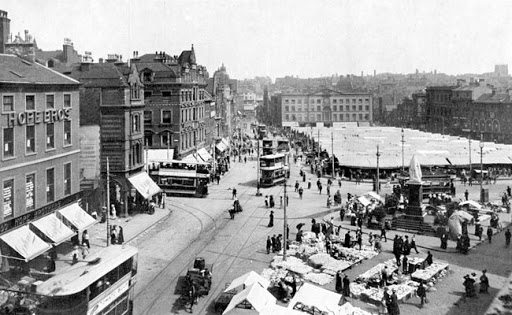
Where it all began
The NABMA archives acknowledge that back
in 1919, as a result of an interchange of opinions
between the Market Authorities of the City of
Nottingham and the then County Borough of
Derby, it was resolved to hold a conference of the
Market Authorities of the Midlands, at which the
question of the revision of market tolls should be
discussed.
This conference started the NABMA
family as on 24 November 1919 representatives
from Birmingham, Belper, Chesterfield, Derby,
Ilkeston, Loughborough, Leicester, Melton
Mowbray, Nottingham, Newark and Stamford
came together
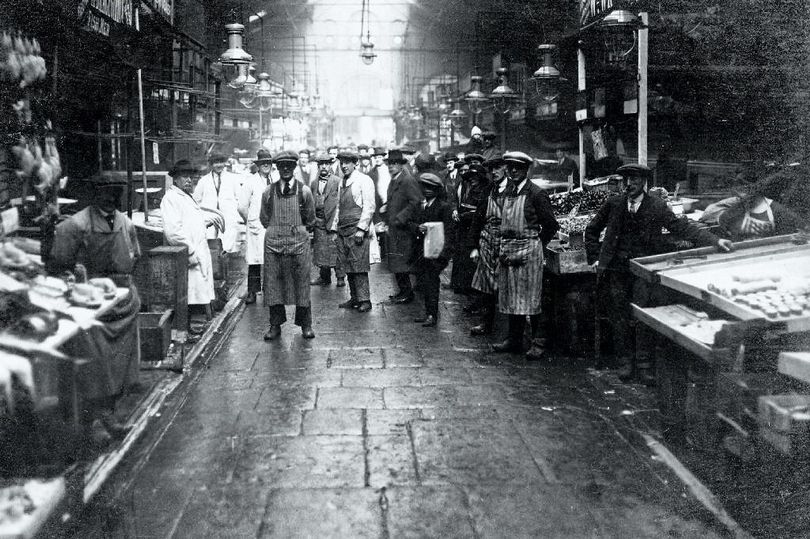
The Northern Market Authorities
A few months later, at the next meeting in Derby on 6 February 1920, the Secretary reported that some of the Market Authorities of the North had expressed a desire to join this new association. It was agreed that a letter should be written to the Markets Superintendent, Manchester suggesting that an association be formed for the Northern part of the country. As a result of the letter, a conference of Northern Market Authorities was held, and another association was formed.
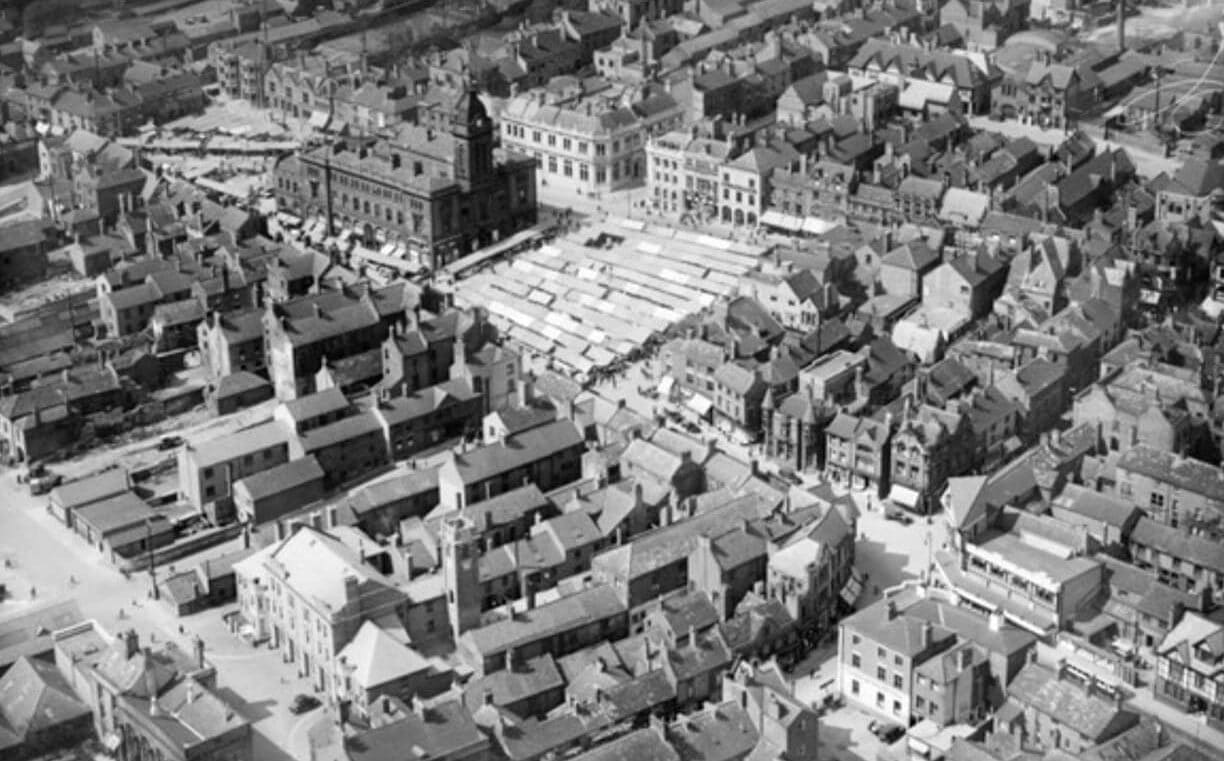
National Association Constitution
The Midland Association was constituted of 20 members, and the Northern Association brought together 43 members. At further meetings held in Nottingham on 24 October 1921, and Chesterfield on 24 April 1922, the rules and constitution for a national association were finally approved. By 1925 the Northern grouping increased to 50 members, and the Midlands included 30 members.
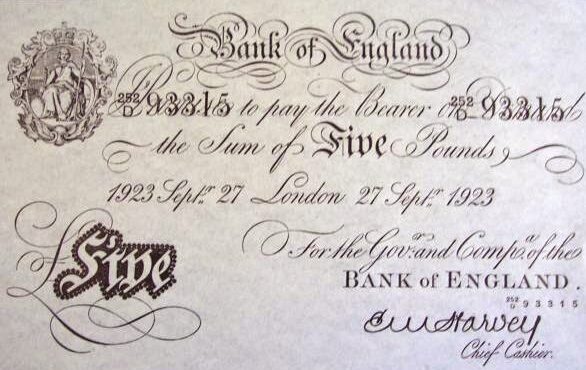
The Early Agenda
Annual reports from the first decade of meetings pick up regular and lengthy debate on themes that have engaged many NABMA agendas in subsequent years.
- The need for a reduction in cattle market tolls
- Fees and charges
- Systems of letting and goodwill in markets
- The issue of ‘unauthorised markets’
- Issues from foot and mouth outbreaks
- Member subscriptions
Many discussions took place on the topic of protection of corporation markets from disturbance recognising at the earliest of times ‘that the remedy of a corporation for disturbance of their market rights varies according to whether the market is established by virtue of a charter or franchise or in pursuance of a local Act of Parliament or under section 166 of the Public Health Act 1875…..’
The emotive subject of subscriptions to the Association features prominently with the first subscriptions ranging from towns of not more than 50,000 population to pay one guinea and populations greater than 400,000 paying the princely sum of five guineas.

NABMA's National Structure
The archives clearly demonstrate that groupings for discussions took place between associations formed in the North, South and Midlands between 1919 and 1943, but not all attempts to join together were successful. The NABMA structure that we recognise today came about at a meeting of the Midland and Southern Market Authorities Association held on 27 May 1943 at the Connaught Rooms, London.
The value of one National Association was again debated, and it was confirmed to that meeting that at the AGM of the Northern Market Authorities Association held on 20 May 1943, unanimous support was given to the proposal to form a National Association.
The Association was to be called ‘The Association of British Market Authorities’ and the Midland and Southern Market Authorities, and the Northern Markets Authorities Association should be incorporated in the new association and become sections of that Association, retaining their own constitution and rules. That regional identity was considered to be important and would continue for many years to come.

Local Government Review
The largest threat to the history and future of NABMA was without doubt the Local Government Act 1972, as an Act of Parliament that reformed local government in England and Wales on 1 April 1974.
Its pattern of two-tier metropolitan and non-metropolitan county and district councils remains in use today in large parts of England, although the metropolitan county councils were abolished in 1986, and both county and district councils were replaced with unitary authorities in many areas in the 1990s and beyond.
When the sums were done at the 1973 NABMA AGM it revealed that NABMA membership would fall in April 1974 from 226 authorities to just 117.
As a result of motions placed to conference, T.G Morris, NABMA Secretary wrote out to all existing and new authorities on 12 October 1973 advising that ‘at the AGM and Conference held in Jersey last month the Association decided that it should continue to represent local authority markets, slaughterhouses, fairs and allied interests after reorganisation in 1974 and to invite all newly
established authorities into membership.’
Months of uncertainty and discussions followed but at the Glasgow NABMA AGM in 1976, to great applause, the President, Councillor T Thomas of Manchester announced that NABMA was to continue.
An Executive Council was appointed, officers were appointed and a schedule of subsistence allowances for elected councillors was agreed.
- For a period of 4 hours but not more than 8 hours - £1.35
- For a period of 8 hours but not more than 16 hours - £4.05
- In the case of absence overnight from the usual place of residence, or for the purpose of attendance at the annual conference - £8.65
- An additional 80p was payable for attendance at London events
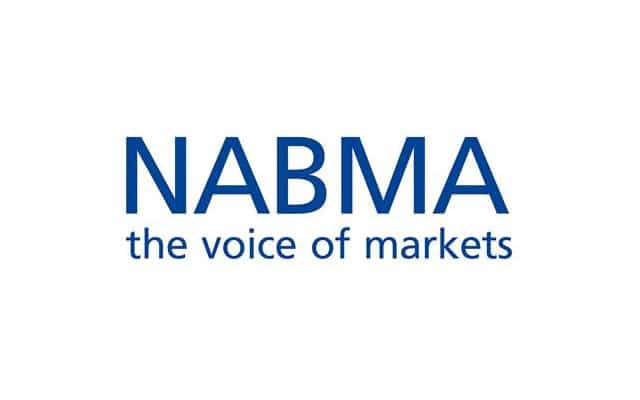
The NABMA we know today
In 2001, NABMA discussions highlighted the need to look at succession planning for officers; to look at the democracy framework and to provide an organisation that would meet the needs of its membership into the future as a result of changes in local government.
A NABMA vision day was held on 31 October 2001, with independent facilitation by Chris Rolley of QLC Services Ltd. The discussion looked at where the organisation was, where it wanted to be, and the issues that must be addressed on the journey. The challenge was to honestly understand the view of members as to the value of NABMA in modern local government in the short, medium and longer-term. A Working Group was duly appointed looking to present to NABMA a business plan proposal.
Alongside the discussions, at the NABMA AGM at Plymouth on 1 September 2003, the President of the Institute of Market Officers (IMO) informed conference that the IMO was in ‘dire straits’ citing the changing face of the new style of local government for the decline in the status of markets within authorities, and the lack of recognition of experienced and/or qualified market officers. Urgent dialogue was requested with NABMA with a view that the IMO could become a professional interest group or training wing, but retaining its identity.
At the same AGM a number of key decisions were taken. Firstly, that the Legal Advisor, Graham Wilson, be instructed to take responsibility for the direction of the NABMA business plan in 2003/4. Secondly, that during that year, the administrative and operational services of NABMA be totally reviewed including the matters of location of office, staffing, succession planning and the desire to appoint a Chief Executive before the AGM 2004.
To facilitate the change agenda the NABMA paid officers all voluntarily agreed to stand down after 2005.
On 6 November 2003, NABMA decided that its members should be canvassed and be invited to submit expressions of interest with a view to NABMA moving to a Service Level Agreement (SLA) for administrative, finance and event management post 2005.
Under the Chairmanship of Councillor Paul Westley (Leicester) on 10 March 2004 the Management Board heard that expressions of interest had been submitted by Manchester, Northampton and Oswestry. Derby were also considering their position. Interviews were held on 27 May 2004 and site visits to inspect facilities, equipment and meet staff to potentially be involved were arranged.
The AGM at Scarborough, on 6 September 2004, confirmed Oswestry as the SLA provider to NABMA from September 2005. The agreement was signed by the NABMA Presidency and by the Mayor of Oswestry, Councillor Don Aldridge and the Chairman of the Markets and Car Parks Committee, Councillor John Gareth Jones.
On a day of key decisions, the AGM formally appointed Graham Wilson as the Chief Executive of NABMA, also from September 2005. After careful consideration of discussions with IMO it further agreed that training, mentoring and conference could become part of NABMA, but on the basis that IMO did not continue with its separate identity. Finally, the former NABMA Section Committees became Forums to remove bureaucracy and to make them more specialist in dealing primarily with operational matters.
The NABMA business plan therefore was delivered on time, within budget and provided the platform for NABMA to move forward to meet the challenges of the present and future.

